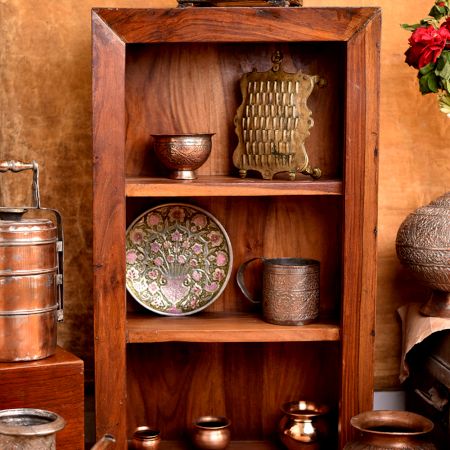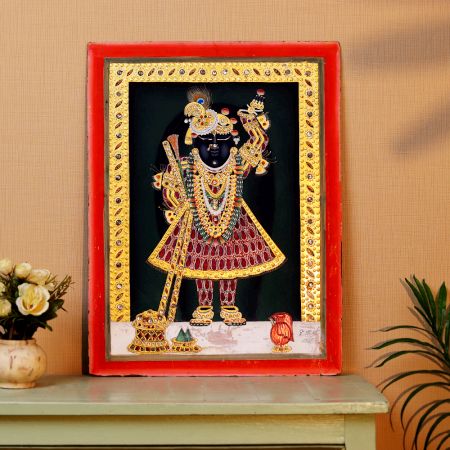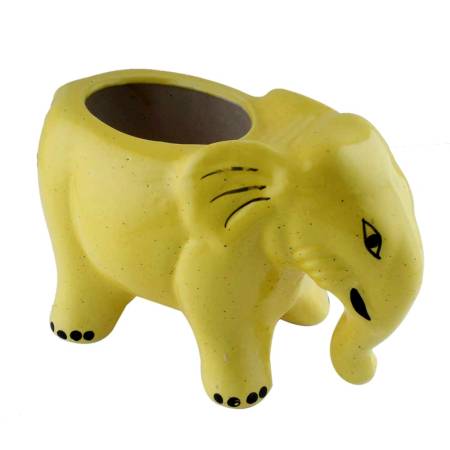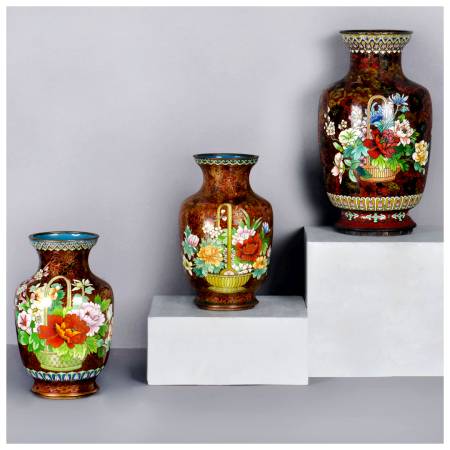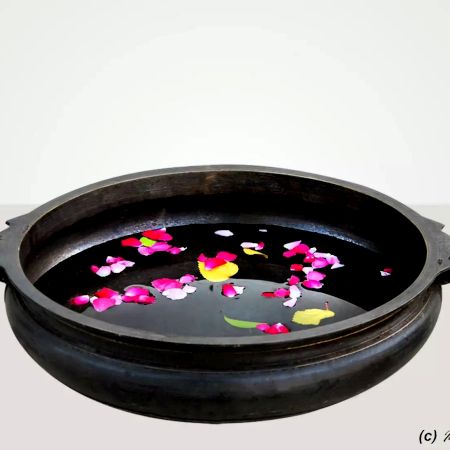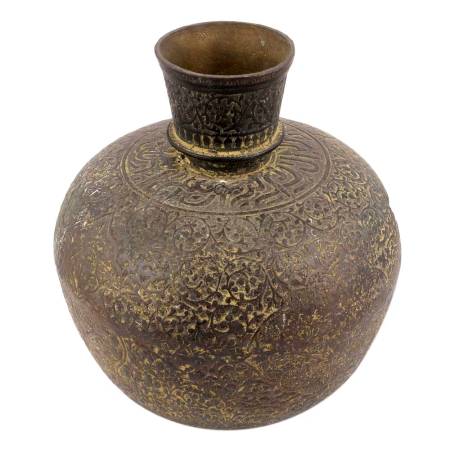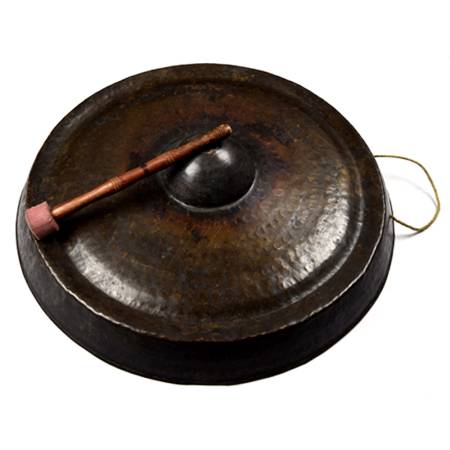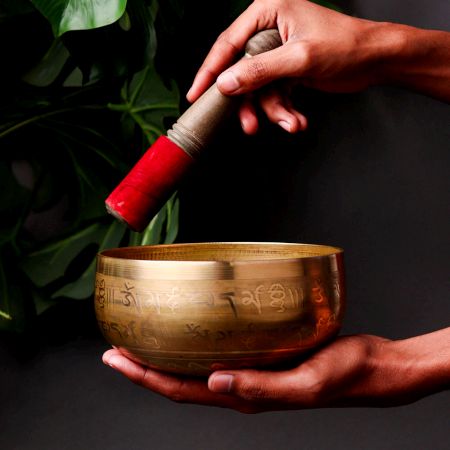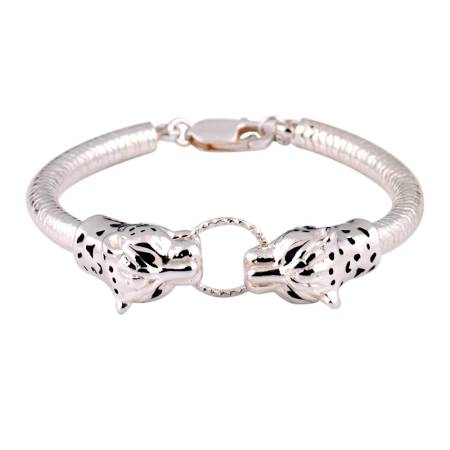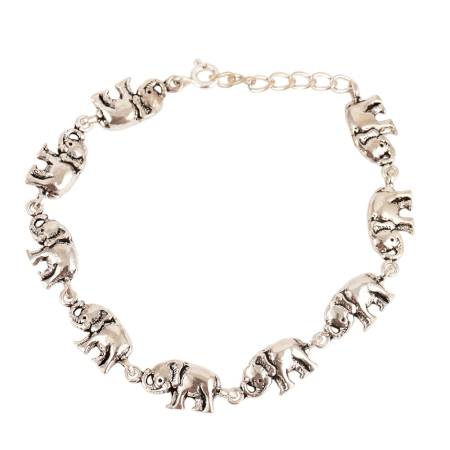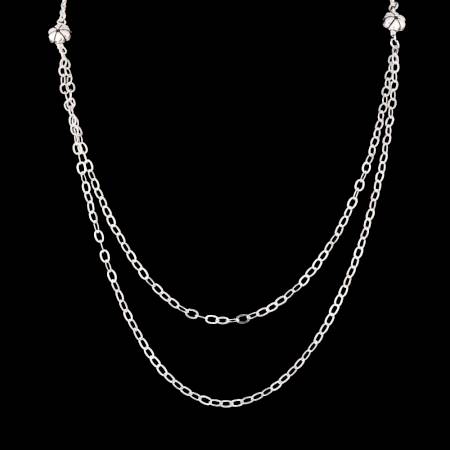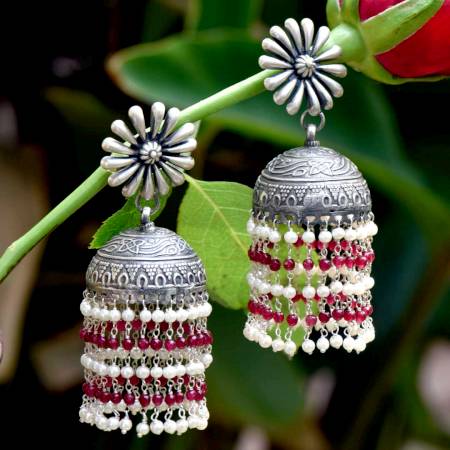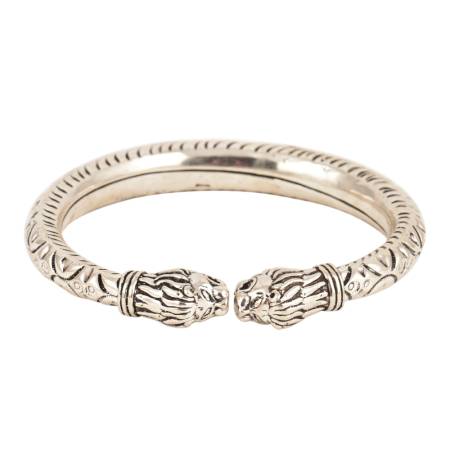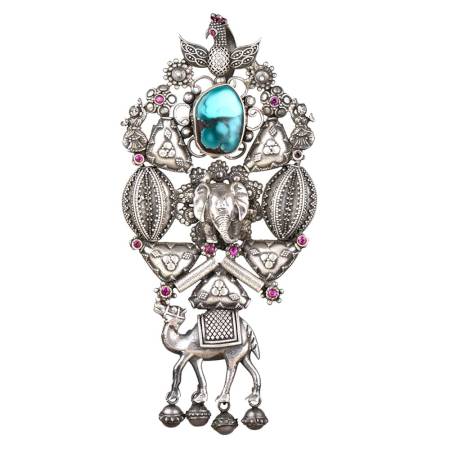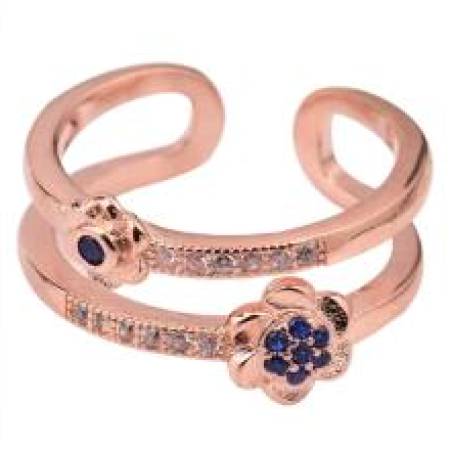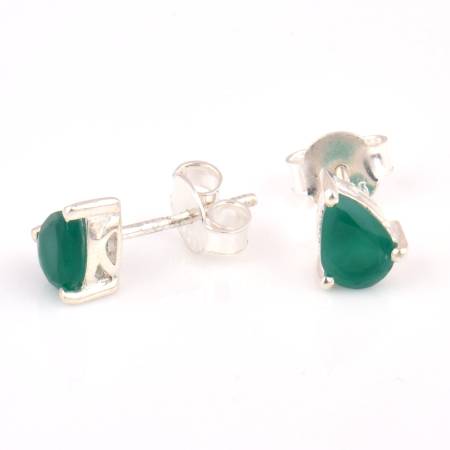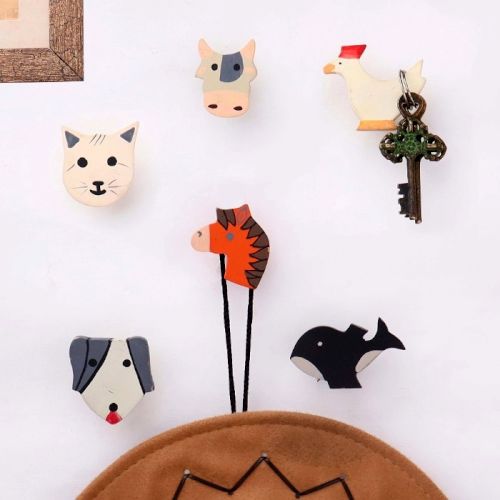Glass Painting: A Timeless Art Form with Cultural Roots
Glass painting is a unique and visually striking art form that transforms plain glass surfaces into vibrant works of art. With its intricate detailing and luminous colors, it has been a cherished craft for centuries, blending traditional methods with contemporary designs. Whether used for home décor, religious motifs, or architectural embellishments, glass painting continues to captivate art lovers across the world.
What is Glass Painting and Where Did It Originate?
Glass painting is an artistic technique where colors are applied directly onto glass surfaces, creating vibrant and translucent designs. This art form allows light to pass through, enhancing its visual depth and brilliance.
Its origins trace back to ancient times, with early examples found in Egyptian and Roman civilizations. However, stained glass painting, one of its most recognized forms, flourished during the Gothic period in Europe, adorning cathedrals with intricate biblical scenes. In India, glass painting gained popularity during the Mughal era, evolving into a unique craft that blends traditional motifs with modern interpretations.
Origins in India and Europe
Glass painting traces its roots back to both Europe and India, developing independently in different artistic traditions. In Europe, it emerged during the Renaissance, often used in churches and cathedrals as stained glass panels. These panels depicted biblical stories, saints, and historical events, creating a mesmerizing play of light and color.
In India, glass painting flourished during the Mughal era. Persian influences merged with Indian artistry, resulting in highly detailed paintings of mythological figures, royal court scenes, and floral motifs. States like Rajasthan and Gujarat became prominent hubs of reverse glass painting, a technique where artists painted intricate designs on the back of transparent glass.
Traditional vs. Modern Glass Painting Styles
Traditional glass painting was largely inspired by religious and mythological themes, using natural pigments and gold leaf. Today, modern glass painting embraces a wide range of subjects, including abstract designs, contemporary portraits, and customized home décor pieces. Artists now use acrylics, solvent-based paints, and digital techniques to enhance their work.
Usage in Windows, Lanterns, and Décor Panels
Glass painting is widely used in interior design and architecture. It can be seen in:
- Windows and doors – Stained glass windows add elegance to churches, temples, and modern homes.
- Lanterns and lamps – Hand-painted lanterns with vibrant glass panels create a warm ambiance.
- Decorative panels and mirrors – Intricate glass artworks serve as statement pieces in living spaces.
What Are the Key Characteristics of Glass Painting?
Glass painting stands out due to its distinct features that make it different from other art forms like canvas or mural painting.
Transparency and Light Reflection
One of the most striking aspects of glass painting is its interaction with light. Since glass is transparent, the colors appear vivid when illuminated, creating a radiant effect.
Use of Enamel and Acrylic Paints
Artists typically use enamel paints for a glossy, long-lasting finish or acrylic paints for a matte effect. Some glass paintings also incorporate gold foiling for added elegance.
Differences from Canvas or Wall Painting
Unlike canvas paintings, glass paintings require:
- Reverse painting techniques (especially in traditional Indian styles)
- A smooth surface that doesn’t absorb paint
- Careful layering to ensure durability and brightness
What Materials Are Used in Glass Painting?
The success of a glass painting project depends on selecting the right materials. The choice of glass surface plays a crucial role, with plain glass being the most common, while frosted and textured glass offer unique visual effects. Paint selection is equally important, with acrylics providing versatility, solvent-based paints ensuring a glossy, durable finish, and stained glass colors creating stunning transparency. Brushes of varying sizes help achieve both intricate details and broad strokes, while outliners, often in black or gold, define shapes and prevent colors from bleeding. For added elegance, gold foiling is used to create intricate embellishments, enhancing the artwork’s richness. Each material contributes to the precision, depth, and overall aesthetic of the final piece.
Types of Glass
The choice of glass plays a significant role in the final appearance of a painting. Different types of glass surfaces can influence texture, light diffusion, and overall depth. Whether opting for the simplicity of plain glass, the soft elegance of frosted glass, or the intricate details of textured glass, each type offers unique characteristics that enhance the artistic outcome.
- Plain glass – The most commonly used surface for painting.
- Frosted glass – Adds a soft, diffused effect to paintings.
- Textured glass – Enhances depth and detail.
Types of Paints
The choice of paint is crucial in glass painting, as it determines the final look, durability, and finish of the artwork. Different types of paints offer unique characteristics—acrylics provide versatility and quick drying, solvent-based paints ensure a glossy, long-lasting effect, while stained glass colors create beautiful translucent designs. Understanding these options helps in achieving the desired artistic impact.
- Acrylic paints – Quick-drying and versatile.
- Solvent-based paints – Provide a glossy, permanent finish.
- Stained glass colors – Specifically designed for translucent effects.
Essential Tools
Using the right tools is key to achieving precision and depth in glass painting. From fine and broad brushes for detailing and filling to outliners that define shapes and prevent color bleeding, each tool serves a specific purpose. Gold foiling adds intricate embellishments, enhancing the overall richness of the artwork. Mastering these tools ensures greater control and refinement in every piece.
- Brushes – Fine brushes for detailing and broad brushes for filling.
- Outliners and liners – For defining shapes and preventing color spreading.
- Gold foiling – Used for intricate patterns and embellishments.
What Techniques Are Used in Traditional and Modern Glass Painting?
Glass painting techniques vary depending on the style and purpose of the artwork.
Reverse Glass Painting
A traditional method where the artist paints in reverse order, starting with fine details and finishing with the background. This is common in Indian folk art.
Stained Glass Painting
Used mainly for windows and decorative panels, this involves painting glass pieces and assembling them into a framework.
Layering, Outlining, and Color-Filling
Contemporary glass painting combines traditional artistry with innovative techniques to create striking visual effects. Methods like layering add depth by gradually building up colors, while outlining with black or gold enhances definition and structure. Color-filling brings vibrancy and contrast, making designs more dynamic and expressive. Mastering these techniques allows artists to create detailed and visually captivating glass art.
- Layering – Building colors gradually for depth.
- Outlining – Using black or gold lines for definition.
- Color-filling – Applying vibrant shades for contrast.
How Is Reverse Glass Painting Done Step-by-Step?
Reverse glass painting is a unique technique where the artwork is created on the back of a glass surface, with details painted first and background layers added later. This method requires precision and careful layering to achieve depth and clarity. Below is a step-by-step process to master this intricate art form.
- Step 1: Prepare the Glass Surface – Clean the glass to remove dust and ensure smooth paint application.
- Step 2: Outline the Design – Use a fine brush or liner to create the design’s outline. This is crucial as it defines the artwork.
- Step 3: Paint in Reverse Order – Unlike canvas painting, reverse glass painting starts with finer details (such as facial features) before layering background colors.
- Step 4: Let It Dry and Seal the Artwork – Once completed, the painting is sealed to prevent damage.
Where Can I Buy Hand-Painted Glass Art Online?
When looking for authentic hand-painted glass art online, it’s crucial to explore trusted platforms that offer original pieces crafted by skilled artisans. Websites such as Amazon India, Flipkart, IndianShelf, Jaypore, and Etsy provide a variety of options, from intricate lamps to decorative wall panels. Additionally, independent artist platforms and boutique art stores like Pernia’s Pop-Up Shop and The India Craft House often house exclusive, handcrafted pieces that showcase unique artistry.
Authenticity Markers & Pricing Guide
When investing in hand-painted glass art, recognizing authenticity and understanding pricing can enhance your appreciation and ensure you make informed decisions. This guide explores key authenticity markers, such as signature details, brushwork, and texture, while also providing insights into pricing ranges based on craftsmanship, size, and provenance.
Signature & Brush Strokes
Genuine hand-painted glass art will have slight inconsistencies in brushwork, indicating craftsmanship rather than mass production.
Layered Texture & Depth
Unlike printed glass, authentic paintings exhibit depth due to multiple layers of paint.
Price Range
Depending on complexity and size, prices can range from ₹500 for small coasters to over ₹50,000 for detailed, large-scale wall panels or installations.
Certification & Provenance
High-end pieces often come with an artist's certificate, ensuring their originality and value.
How Can Glass Painting Be Used in Home Decor?
Glass paintings introduce elegance and vibrancy into home interiors. Their ability to reflect light and color makes them versatile decor elements.
Styling Ideas
- Wall Art & Panels: Hand-painted glass panels can serve as a centerpiece in living rooms or hallways, adding an artistic statement.
- Lanterns & Lamps: Placing hand-painted glass lamps in dimly lit corners creates a mesmerizing interplay of light and color.
- Entryway Accents: Decorative glass nameplates or wall-mounted art pieces add a welcoming touch to an entrance.
- Kitchen & Dining Areas: Glass-painted spice jars, trays, or backsplash panels enhance the aesthetics of cooking and dining spaces.
Lighting Effects
- Natural Light Interaction: Positioning painted glass panels near windows allows sunlight to create colorful reflections, adding a dynamic visual effect.
- Layered Illumination Combining painted glass lamps with warm LED lights enhances the depth and detail of the artwork.
- Mood Setting The choice of color in painted glass affects ambiance—warm hues like red and orange create coziness, while blues and greens provide a calming effect.
What Themes Are Common in Indian Glass Painting?
Indian glass paintings reflect a fusion of tradition and modernity, with themes that celebrate culture and artistry.
- Mythological Scenes: Many glass paintings depict Hindu gods and goddesses such as Krishna, Ganesha, and Lakshmi, inspired by temple art.
- Floral & Nature Motifs: Lotus flowers, peacocks, and intricate vines are commonly featured in traditional designs.
- Mughal Miniature Style: Influenced by Persian art, these paintings often feature royal court scenes, battle depictions, or delicate floral arabesques.
- Modern Abstract Designs: Contemporary artists experiment with geometric patterns, fluid color transitions, and fusion styles.
Regional Variations
- Rajasthani Glass Art: Known for bright colors and intricate gold detailing.
- Bengali Glass Painting: Often features mythological stories and rural life scenes in earthy tones.
How Is Indian Glass Painting Different from Stained Glass?
While both art forms use glass as a medium, they differ in technique and purpose.
- Material & Technique: Indian Glass Painting involves painting on one side of a transparent glass sheet, using enamel or acrylic paints. Stained Glass is created by assembling colored glass pieces using lead strips, with details often added through etching or glass-firing techniques.
- Cultural Context: Indian Glass Art is primarily decorative, found in temples, palaces, and homes. Stained Glass has a historical connection to European churches and cathedrals, often depicting biblical narratives.
- Usage: Glass Paintings: Used in framed artwork, wall decor, and table accessories. Stained Glass: Common in windows, doors, and architectural elements.
Where Can I Learn Glass Painting Techniques?
Learning glass painting can be an enriching experience through various online and offline resources.
- Workshops & Courses: National Institute of Design (NID) & Kala Bhavan offer in-depth courses on traditional and modern glass painting techniques. Online Platforms: Udemy, Skillshare, and Coursera provide beginner to advanced tutorials.
- DIY Kits & Books: Pre-packaged kits with paints, brushes, and instructions are available on Amazon and Flipkart. Books on traditional glass art techniques help understand historical and technical aspects.
- YouTube Channels: Art Arena, Creative Kalakar, and The Indian Art Guide provide step-by-step tutorials.
- Artisan Hubs: Visiting places like Rajasthan’s handicraft villages can provide hands-on learning from expert artisans.
How to Preserve and Clean Glass Paintings at Home?
Proper care is essential to maintain the beauty and longevity of glass paintings. By following simple cleaning and preservation techniques, you can ensure your artwork remains in pristine condition for years.
- Dusting: Use a microfiber cloth to gently remove dust; avoid using rough or abrasive materials that could scratch the glass.
- Cleaning: Use mild soap and water with a soft cloth; avoid alcohol-based or ammonia-based cleaners, as they can damage the paint.
- Protection: Frame and mount your painting securely to prevent accidental breakage or exposure to external elements.
- Avoid Moisture & UV Exposure: Excessive humidity and direct sunlight can cause paint to fade or deteriorate over time.
FAQs on Glass Painting
What is the Average Price of a Handmade Glass Painting in India?
The price of a handmade glass painting in India varies based on factors such as size, intricacy, and the artist’s reputation. Smaller pieces like coasters or simple decorative panels can start from ₹500, while more detailed works, especially those featuring layered textures and intricate designs, can go up to ₹50,000 or more. Custom commissions, large-scale installations, and works by well-known artists tend to be on the higher end of the price spectrum. The complexity of the painting, the type of paints used, and whether additional techniques like gold foiling or etching are incorporated also influence the cost.
Can I Customize a Glass Painting Before Purchasing It?
Yes, customization is a common option offered by artisans and online stores specializing in glass paintings. Buyers can request specific designs, colors, and themes to match their home decor or personal preferences. Some artists also provide the option to include personal motifs, names, or even portraits within the artwork. The customization process usually involves a discussion with the artist, during which sketches or digital previews are shared before the final painting is created. Depending on the complexity of the design, customization may take additional time and cost more than standard pieces.
What Should I Check Before Buying a Glass Painting for Home Decor?
When purchasing a glass painting for home decor, it’s important to assess its authenticity, quality, and finish. Genuine hand-painted glass art will often display visible brush strokes and slight variations in color, which indicate craftsmanship rather than machine production. Checking for an artist’s signature or certification can further confirm its authenticity. The quality of the glass itself is another crucial factor, as it should be sturdy, scratch-resistant, and free from cracks or imperfections. The framing and finish also play a role in durability, with well-framed paintings lasting longer and being easier to display. A strong, protective frame ensures that the edges of the glass remain safe, preventing potential damage over time.
How Do I Clean and Maintain a Glass Painting at Home?
Proper maintenance is essential to preserving the beauty of a glass painting. Dust should be gently removed using a microfiber cloth, which prevents scratches while keeping the surface clean. Harsh chemical cleaners, especially those containing alcohol, should be avoided, as they can react with the paint and cause fading or peeling. If deeper cleaning is needed, a soft cloth lightly dampened with water can be used, ensuring that excess moisture does not seep into the edges of the painting. It’s also important to keep glass paintings away from direct sunlight and high humidity, as prolonged exposure to UV rays can cause colors to fade, while moisture can lead to damage over time. Displaying the artwork in a well-ventilated but shaded area ensures its longevity and vibrancy.
Glass painting is a timeless craft that blends tradition with modern aesthetics. Whether you’re an art enthusiast, a home décor lover, or an aspiring artist, exploring this art form can add elegance and creativity to your surroundings.


